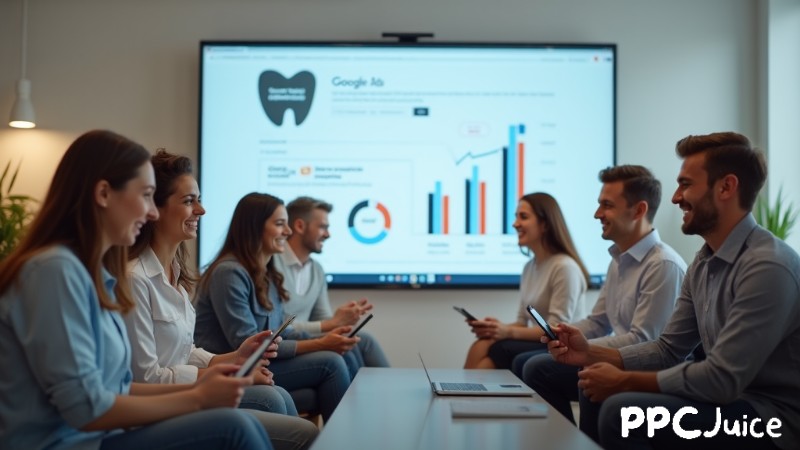
As digital competition intensifies, businesses running Google Ads in 2025 are focusing more than ever on performance metrics that directly impact campaign success. A benchmark report released not long ago by WordStream by LocaliQ highlights trends across major industries, offering valuable guidance for anyone serious about lead generation with Google Ads.
Click-through rates (CTR) have risen significantly, averaging 6.66% across industries, compared to just 1.35% in 2015. The Arts & Entertainment sector leads with a 13.10% CTR, while Dental Services sees the lowest at 5.44%. While a high CTR shows strong ad appeal, it doesn’t always mean conversions, making it just one part of a bigger picture.
Ad costs and conversions
Cost per click (CPC) averaged $5.26. Legal services topped the list with an $8.58 CPC, while Arts & Entertainment saw the lowest at $1.60. A high CPC may be justified if it brings in quality leads, but businesses must still monitor spend closely to maintain profitability.
Conversion rates (CVR) averaged 7.52%. Automotive campaigns stood out with a 14.67% CVR, while Finance and Furniture sectors lagged behind. Low conversion rates can often be improved with better landing pages, simplified user flows, and more relevant targeting.
Lead costs and strategy
Cost per lead (CPL) came in at an average of $70.11, peaking in the legal sector at $131.63 and dropping to around $28.50 in automotive services. Although CPL varies, the return on investment can still be worthwhile when targeting the right audience.
$113k day on Google
this is a realistic representation of Google and Youtube Ads at scale on Google if you're a non-influencer ecom brand
you're not going to see a 10x return at scale or these ridiculous numbers that some gurus show you
we're seeing a 2-3x ROAS on most days… pic.twitter.com/APOAiXYTP7
— Nate.Google (@Nate_Google_) June 10, 2025
For brands aiming to maximize impact, choosing the best ROI PPC agency can make all the difference. Success in 2025 hinges on aligning campaigns with the buyer journey, improving mobile and offline tracking, and constantly refining strategy. Benchmarks serve as reference points, but real results depend on tailored, ongoing optimization.

